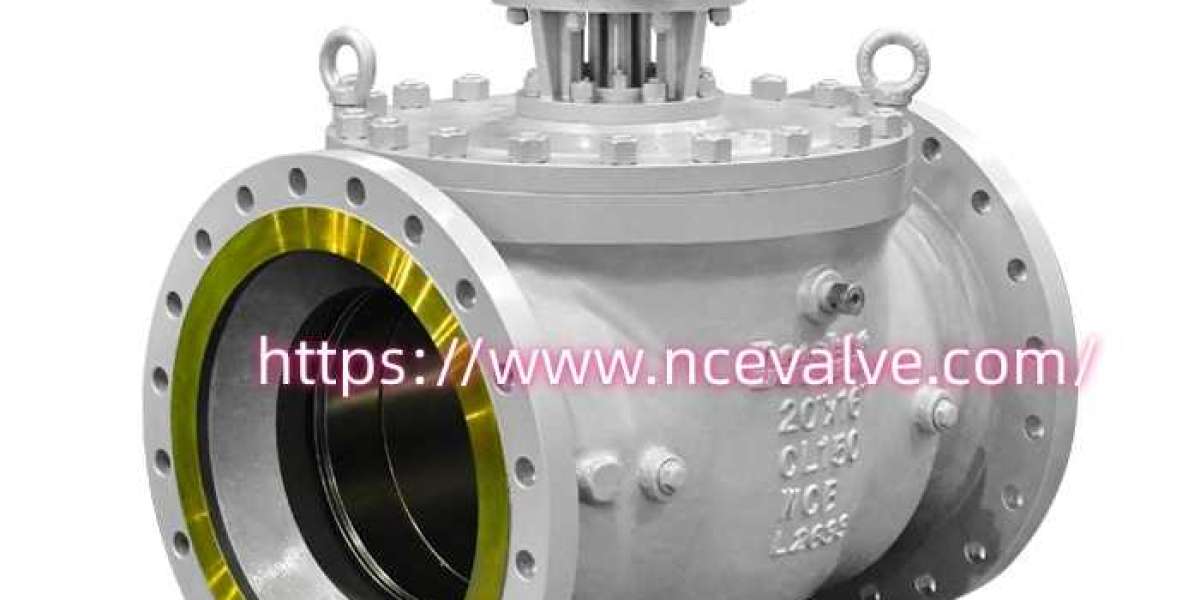Engineers responsible for complex transmission routes often select the Top Entry Ball Valve from ncevalve when their projects require a component that supports direct interior access while maintaining external stability. This configuration enables technicians to reach internal assemblies from above the pipeline, which is practical for installations arranged across constrained spaces, elevated racks, or multilevel corridors. By minimizing the need for lateral extraction, the design aligns with operational strategies that prioritize continuity, structural balance, and accessibility during long service cycles.
Pipeline planners commonly evaluate how internal contours influence pressure variation and surface interaction, particularly when systems handle fluids with changing density or shifting velocity patterns. A structural layout that spreads internal stress instead of concentrating it on limited surfaces helps maintain a consistent flow environment, and an arrangement that allows upper-side access provides additional clarity for engineers monitoring wear behavior. When internal conditions are easy to observe, potential distortion can be identified early, preventing escalation into complications that could disrupt wider system performance.
Maintenance supervisors frequently note that stable alignment is crucial for reliable operation, especially in expansive networks where several stations operate in coordination. If service activities can be performed without removing the whole unit, the risk of introducing mechanical deviation decreases significantly. In tightly arranged installations, the ability to maintain positioning during inspection is a key advantage, supporting operational teams who must navigate between structural beams, insulated chambers, or clustered equipment rows.
Project managers also emphasize how installation geometry influences long-term planning. Systems integrated into developing plants or upgraded networks often require components that adapt to expanding routes without forcing extended shutdowns. A body structure that allows internal servicing from a single vertical point simplifies coordination between engineering, construction, and operations departments. This efficiency is valuable for facilities targeting continuous operation, as minor internal adjustments can be completed without disturbing adjacent assemblies.
Fluid specialists analyze how seat configurations, cavity transitions, and surface treatments affect energy behavior inside the pipeline. A clear internal view allows technicians to monitor sealing areas and moving elements while preserving the surrounding housing, which supports dependable performance over extended cycles. When combined with a modular interior layout, this accessibility enhances predictive maintenance routines, allowing teams to plan intervention schedules based on actual component conditions rather than estimated intervals.
Regulatory teams who evaluate pressure systems appreciate components that allow thorough inspection without removing primary structures. Documentation of internal alignment and sealing surfaces becomes easier when access is gained through a single direction, supporting compliance requirements and strengthening confidence in long-term mechanical integrity.
In conclusion, the Top Entry Ball Valve from ncevalve supports accessibility, controlled operation, and structural consistency for pipelines constructed across demanding environments, making it a dependable element for systems that prioritize stable and transparent performance. Learn about the structure at https://www.ncevalve.com/product/structural-ball-valve-1/top-entry-ball-valve.html







